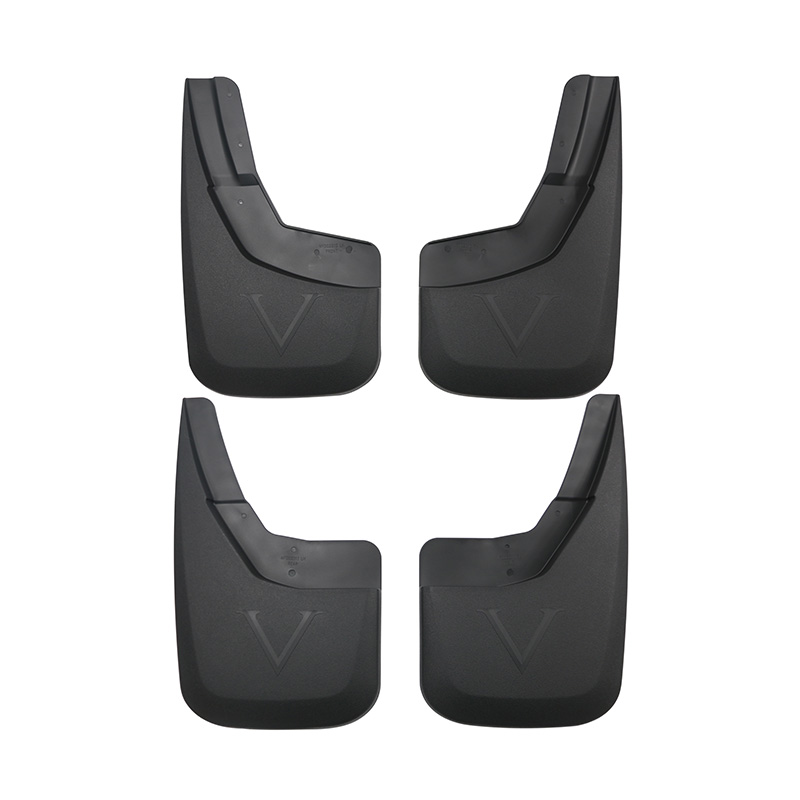2025-02-20
The impact resistance and fatigue resistance of Mud Flaps are important indicators of their performance, which directly affect their reliability and durability in complex road conditions and long-term use. The following is a detailed analysis of their impact resistance and fatigue resistance:
Impact resistance
Definition and importance: Impact resistance refers to the ability of the fender to resist external impact or sudden force. This determines whether the fender can remain intact under high-speed driving, gravel splashing or other unexpected situations.
Influencing factors:
Material selection: Different materials have significant differences in their ability to withstand impact. For example:
Rubber fenders: They have good flexibility and cushioning properties and can absorb part of the impact energy, but may deform under extreme impact.
Plastic fenders: They are light and low-cost, but are prone to cracking under high-intensity impact.
Composite fenders: They combine strength and flexibility and are suitable for high-impact environments.
Thickness and structural design: Thicker fenders generally have better impact resistance, but they increase weight. Reasonable structural design (such as reinforcement or layered structure) can improve impact resistance.
Installation method: If the fender is not firmly fixed, it may loosen or even fall off when impacted.
Actual performance:

When driving at high speed, the fender needs to resist the impact of flying stones, sand or other debris.
In off-road or harsh road conditions, the fender may directly contact larger obstacles, so higher impact resistance is required.
Fatigue resistance
Definition and importance: Fatigue resistance refers to the ability of the fender to maintain its structural integrity under repeated vibration, bending or stress. This is especially important for vehicles used for a long time.
Influencing factors:
Material properties: Some materials are prone to cracking or breaking under repeated stress. For example:
Rubber: It has good flexibility, but it may age in high temperature or ultraviolet environment, resulting in reduced fatigue resistance.
Plastic: It is light and easy to process, but it may become brittle after long-term use.
Metal: It has high strength but heavy weight, suitable for scenes with extremely high fatigue resistance requirements.
Use environment: Frequent vibrations (such as bumpy roads) or temperature changes (such as thermal expansion and contraction) will accelerate material fatigue.
Design optimization: Fatigue resistance can be improved by reducing stress concentration points (such as smooth transition edge design) and increasing support structures.
Actual performance:
When driving on rough roads for a long time, fenders need to withstand continuous vibration and bending stress.
Under extreme climatic conditions (such as high or low temperatures), aging of materials may lead to decreased fatigue resistance.
The impact resistance and fatigue resistance of fenders are key performance indicators to ensure their long-term stable operation in complex environments. By selecting suitable materials, optimizing structural design and improving manufacturing processes, the durability and reliability of fenders can be significantly improved. At the same time, with the development of technology, fenders will achieve more breakthroughs in performance and function in the future to meet diverse needs.